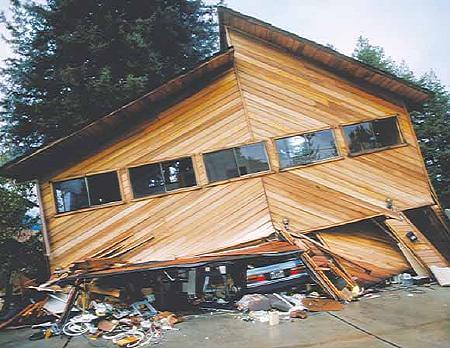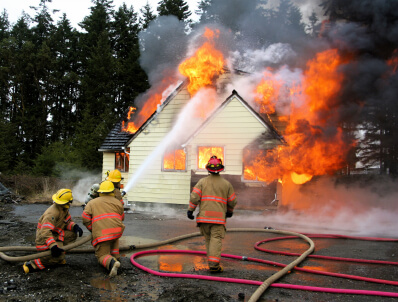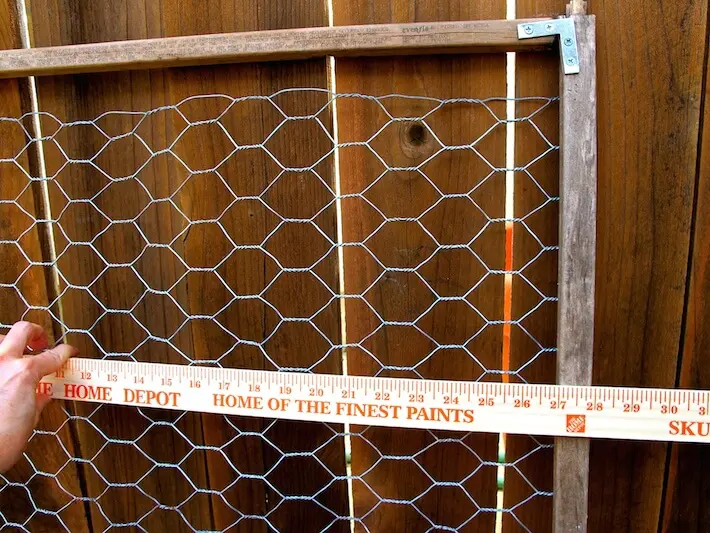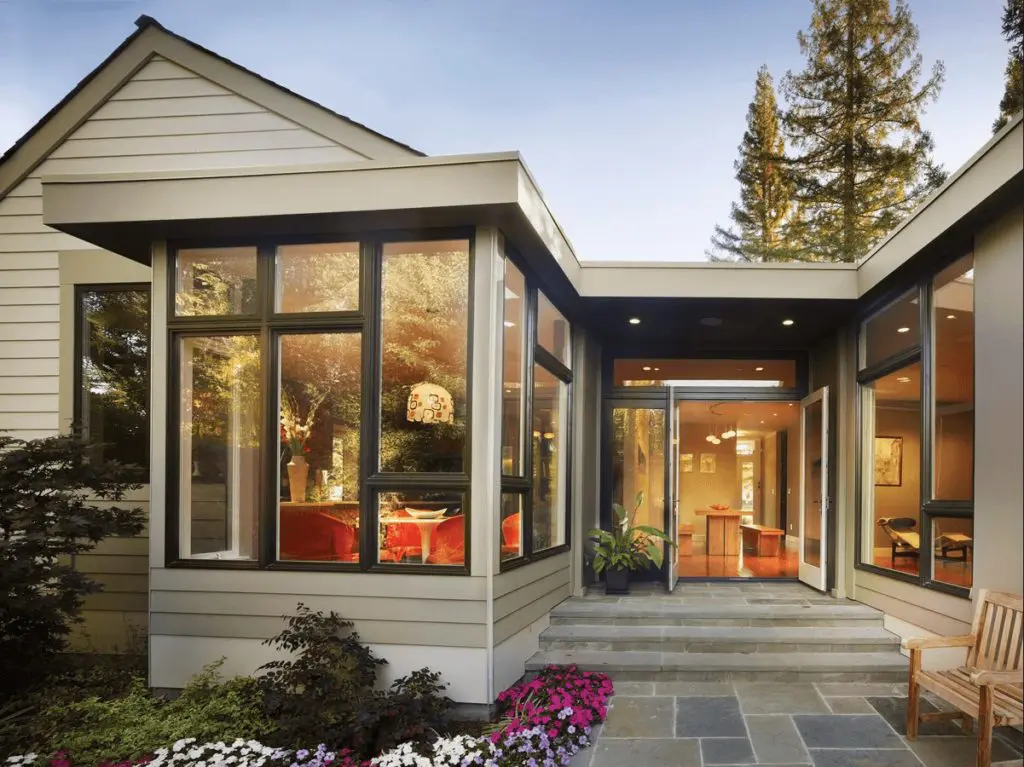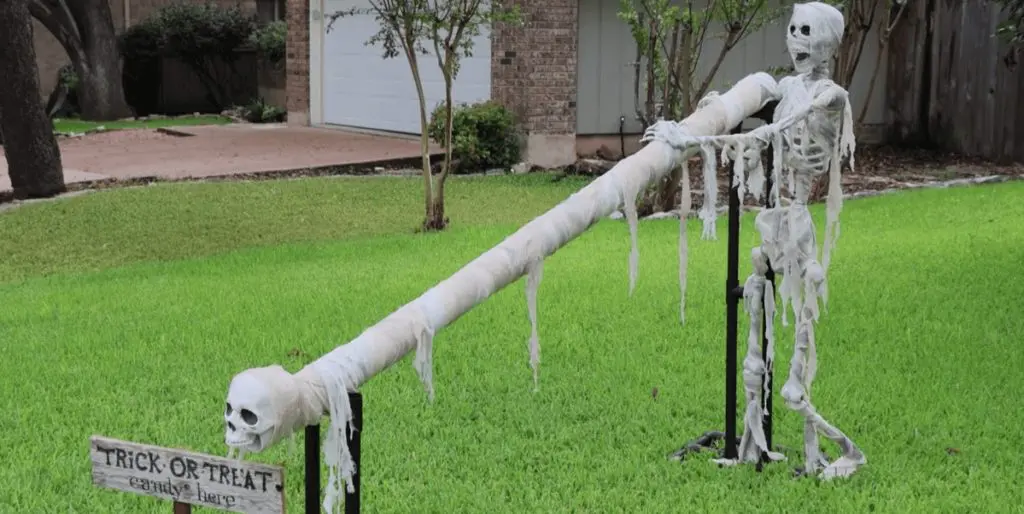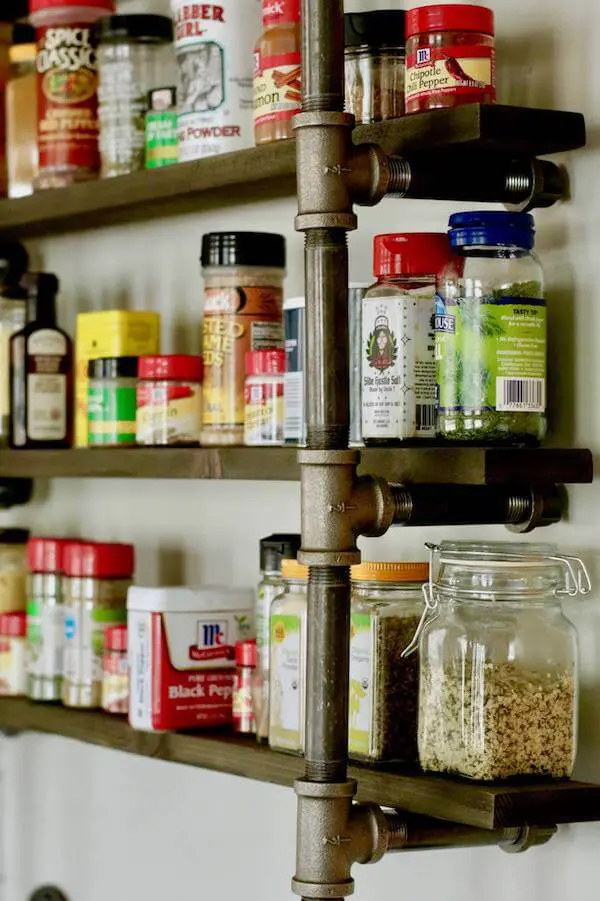I’m a native Californian who greatly appreciates our temperate weather. However, there is a seasonal flip-side to our good fortune: drought, fire, rain, and mudslides. Ugh. It’s just the way of life here, and so, with our “It is what it is” attitude, we accept, prepare, and defend our homes against the possibility of Mother Nature’s wrath. Whether you live in the “Golden State” or the “Big Apple” these fire prevention steps can be used to save your family and home from disaster.
Here are 5 dos and don’ts to fire proofing your home:
DOs:
1. SMOKE DETECTORS-Install and maintain them in each bedroom, hallways, kitchen, great room, and garage. Back-up: Each home should also have a FIRE EXTINGUISHER in the kitchen and garage as double-protection.
2. FIREPLACE-COVER using metal, mesh, or glass screening, and CLEAN-inspect: use a poker or other metal device to scrape the inside of your chimney. If the black substance (creosote) is between 1/8 to 1/4 inch thick, you should have an immediate cleaning. According to a fire prevention article published by the San Diego Fire Department, “Creosote is a combustible substance that is a natural by-product of burning wood and is usually found in deposits on chimney walls.”
3. CHIMNEY-Install a “spark arrestor” or spark catching cover to prevent flying, flaming debris from catching your house and/or your neighbor’s on fire.
4. ROOFS & EVES-Clear debris such as needles, leaves, and branches from roofs and gutters as well as bird nests from eves. Fire sparks can also enter wall vents found under your roof line and catch the attic on fire. “If that happens, you don’t have a chance,” says SDFD firefighter/paramedic Stephen P. Cowman. “Cover your roof and vertical wall vents with 1/4 inch, non-combustible, corrosion-resistant, metal mesh.”
5. DEFENSIBLE SPACE-this is the space around your home where vegetation is managed to reduce the risk of life and home. a.) Clear old, dying shrubs, trees, and branches from sides of your home. b.) stack wood or trash at least 10-15 feet from any exterior wall (in rural areas, 30-100 ft. is recommended), c.) plant fire-resistant plants such as ice plant, pickle weed, and sage.
BONUS TIP: Compressed air foam system (CAFS) is a foam that homeowners can spray onto their houses BEFORE fire has reached their properties. This fire protection system has often been used in rural areas where wildfires are constant and requires evacuation. Check out Fire Solutions for more information.
Don’ts:
1. Don’t cook FOOD on the stove or oven and then LEAVE. “People will boil eggs, forget about it, then leave the house,” said Cowman. “Not a good idea.”
2. Don’t leave lit CANDLES unattended. You can now buy battery operated flameless candles that look, feel, and even smell like real candles, without the potential hazard.
3. Don’t create an “OCTOPUS” with your electrical wires. Electrical cords can overheat and with an “octopus” situation, you can accidentally move the edge of a desk or table on top of a cord which, not unlike a water hose, create a “kink” in the cable, thus causing an opportunity to wear out the insulation and for overheating to occur. Cowman has discovered homes that caught on fire due to electrical wires because “over time heat had built up to an intense level and caused the leg of a chair, desk, or table to ignite.”
4. Don’t store flammable liquids such as cleaning fluids, paints, or pesticides UNCOVERED or NEAR a fireplace, oven, BBQ; nor leave accessible to children.
5. Don’t BLOCK doorways or access to the outside. Always plan your escape route with what doors, windows, or ladders (fire ladders for 2nd floor access is vital) each member of the household will use. (see “Safety Tips” from the City of San Diego Safety & Education).
